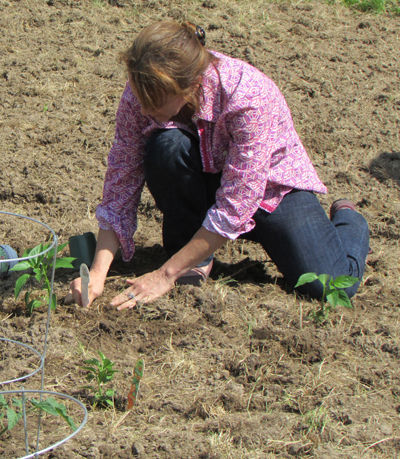Applying carbon cycle basics to your yard and garden
Using best practices in the long term can reduce greenhouse gases and help the environment. The Soil Science Society of America Aug. 15 Soils Matter post explains how gardens and lawns can be used to store more carbon in soil.
“Our goals are to improve plant growth (use of carbon dioxide) and reduce the breakdown of plant residues (release of carbon dioxide),” says Jim Friedericks, Outreach and Education, AgSource Laboratories.
Friedericks offers tips to increase carbon storage in soil:
- Allow grass in your yard to grow a bit longer before mowing. This encourages more root growth below ground.
- Longer grass leaves also means more grassy leaf area–and that means more carbon dioxide is captured from the air.
- Plant perennials. Plants that live longer accumulate biomass–which is made of carbon (the woody stems or trunks, and their extensive roots).
- Cover your soil with plants or mulch. Bare soil is prone to erosion, and does not foster the best plant growth. Mulch conserves moisture and supplies nutrients to the soil.
- Minimize or eliminate tilling to keep carbon dioxide in the soil and slow the decomposition of organic matter.
Friedericks writes, “Small steps that encourage plants to grow and slowly add the plant residue back to the soil will convert carbon dioxide into more stable forms of carbon. There are things that you can do that make a difference!”
To read the entire post, visit https://wp.me/p3Rg6r-oL.


